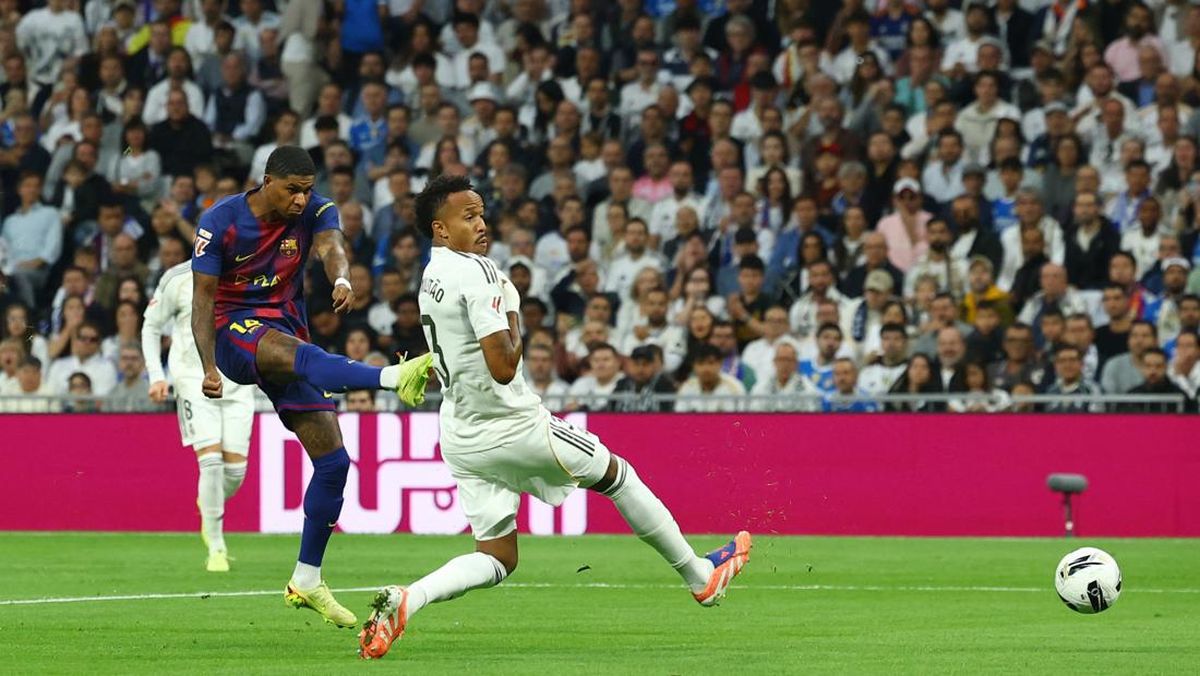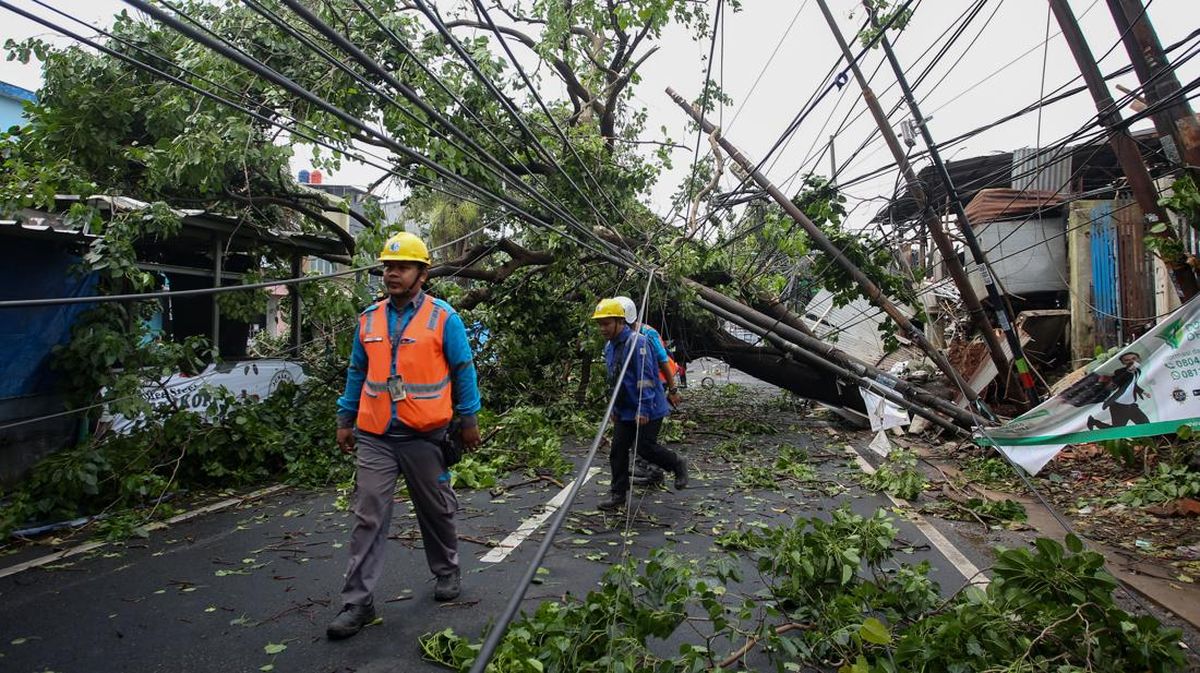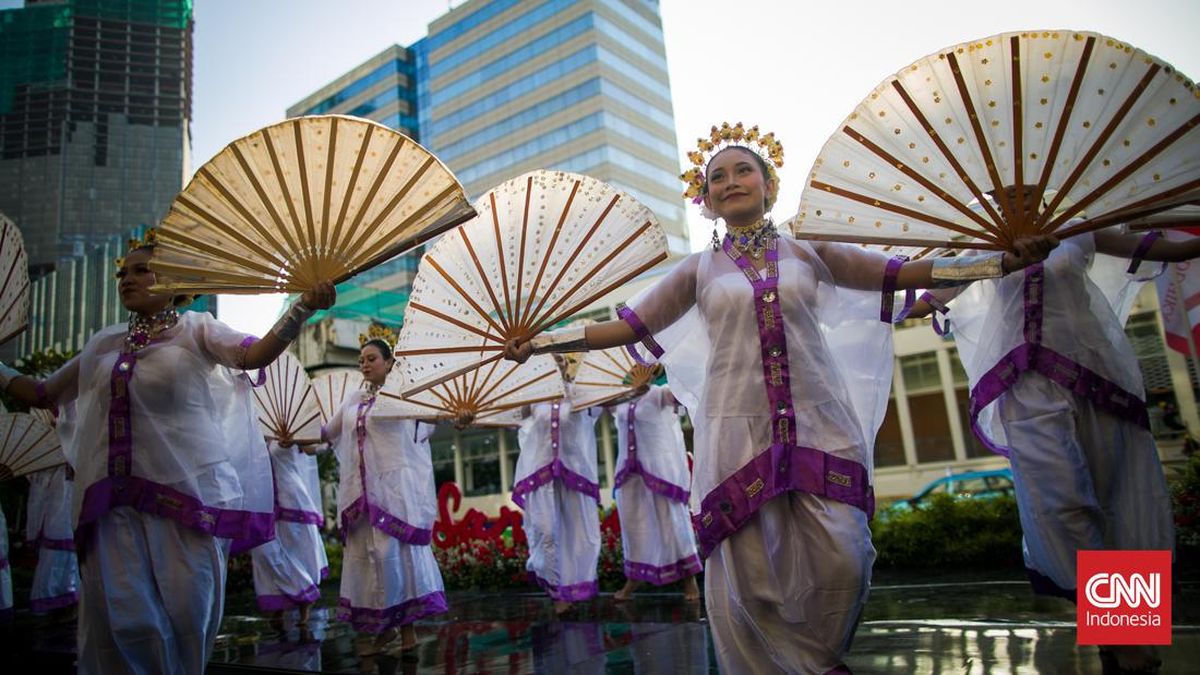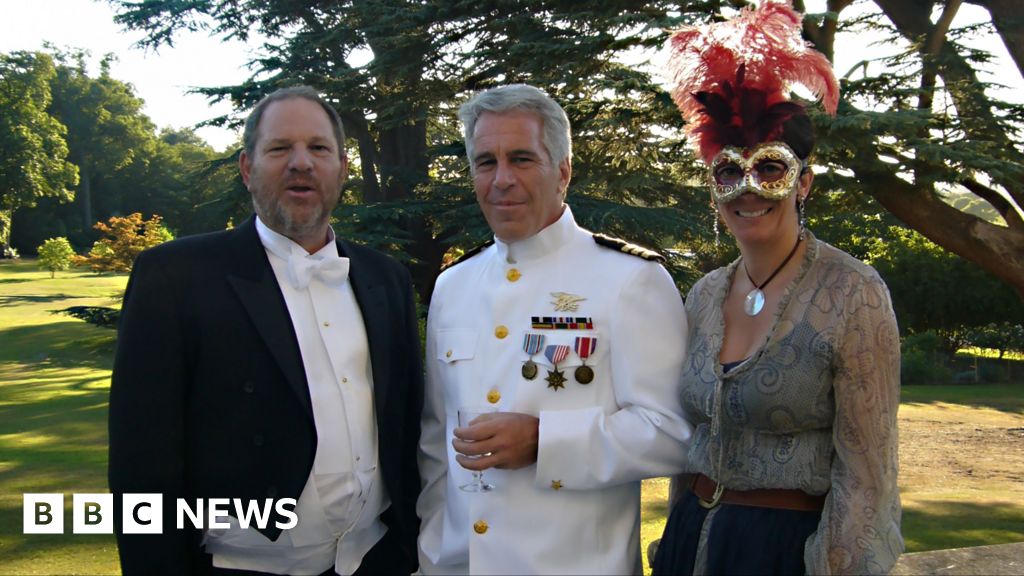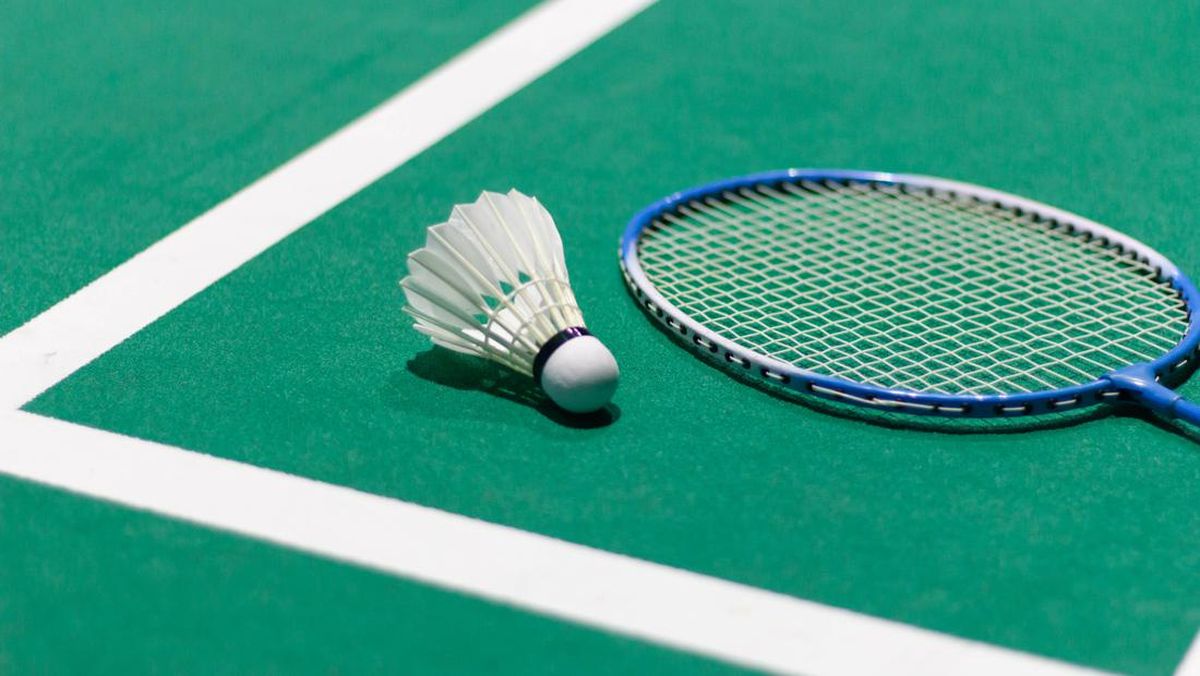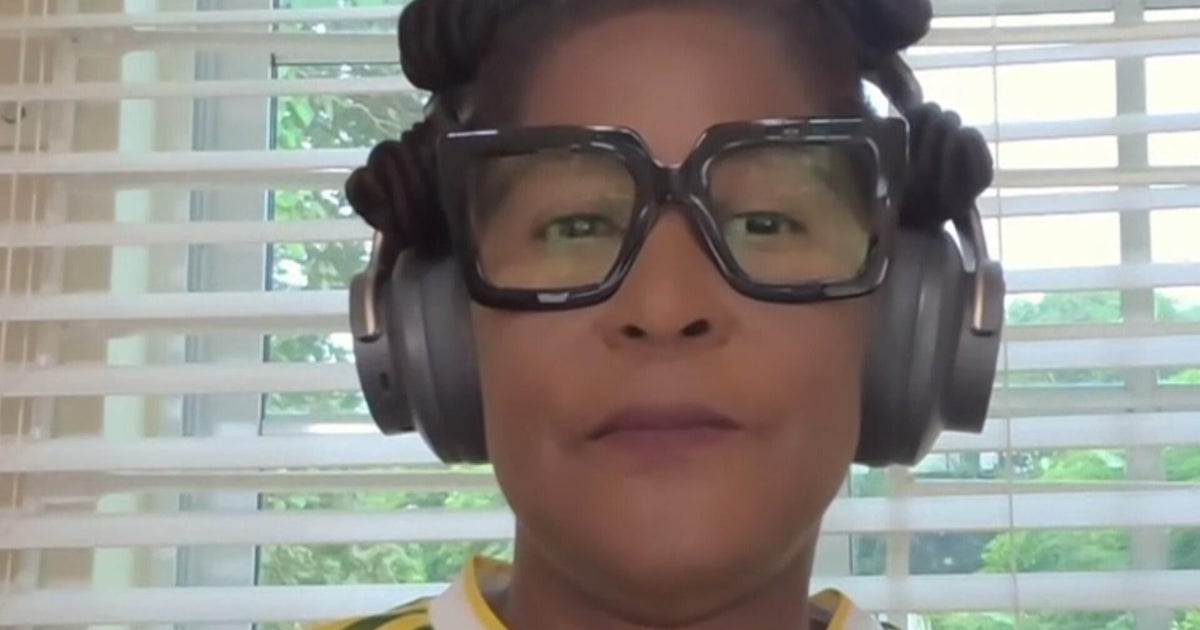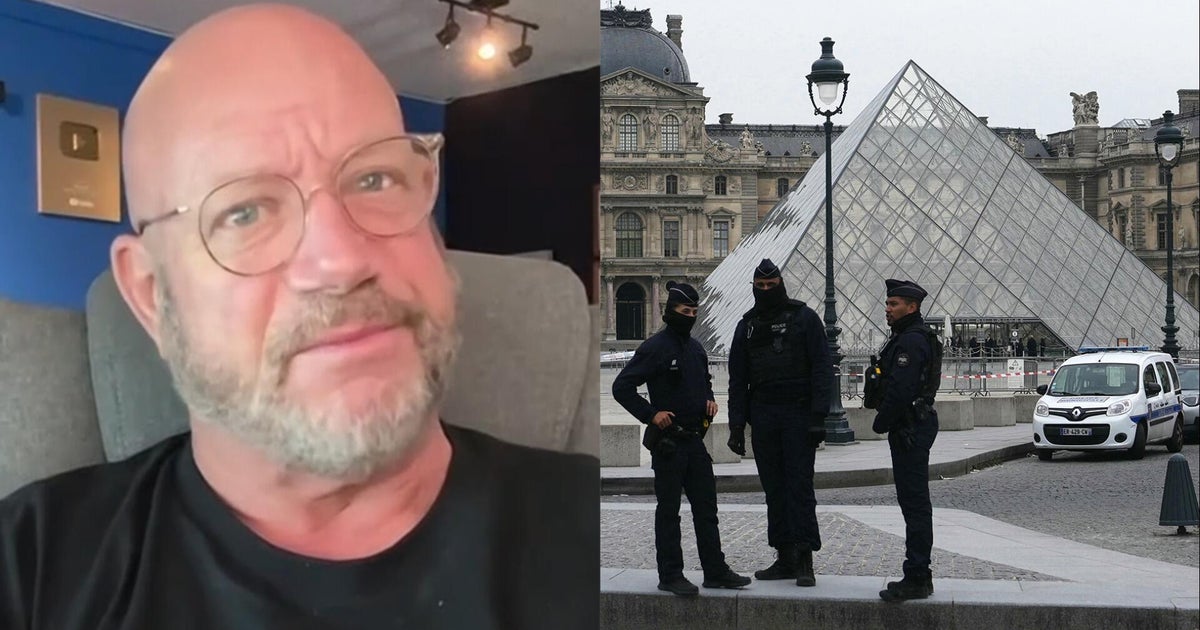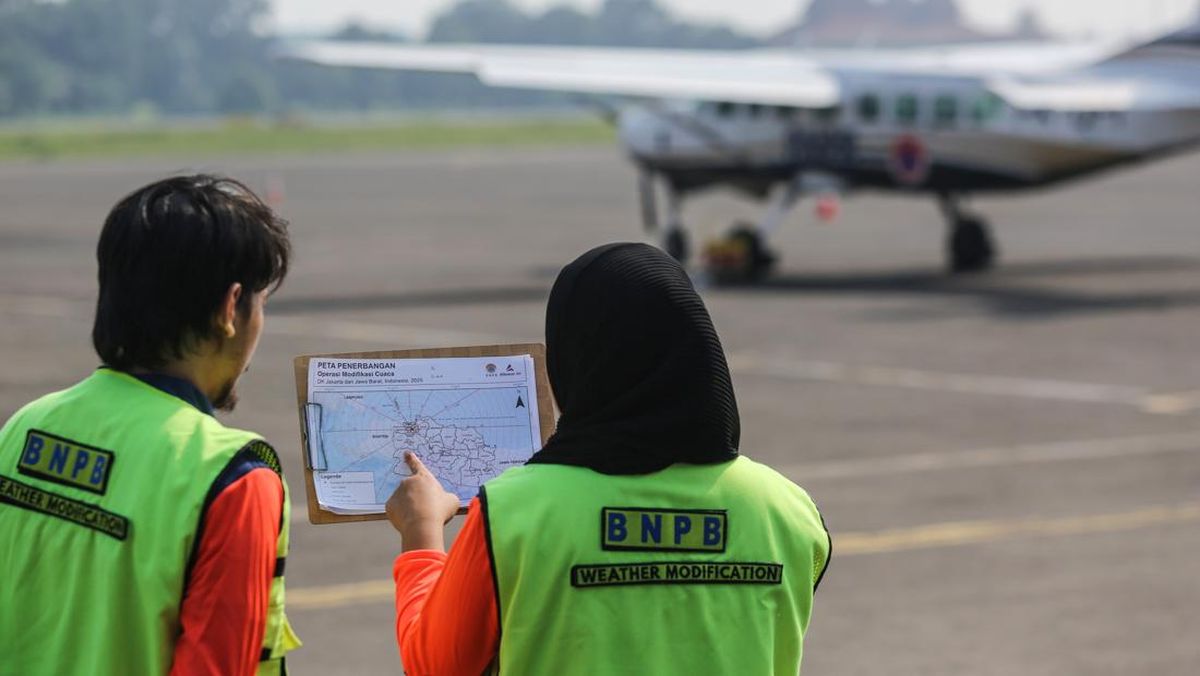By Nicole Abadee
October 28, 2025 — 6.00am

ART HISTORY
A Woman’s Eye, Her Art
Drusilla Modjeska
Penguin, $55
“Of course the women were important, but it was because they were our muses.” With these words, Roland Penrose, second husband of artist-photographer Lee Miller, dismisses the contribution to art history of a talented group of women artists (including Miller) who worked from the 1920s to the mid-1940s.
In A Woman’s Eye, Her Art, Australian writer Drusilla Modjeska (she emigrated from England in 1971) writes these women back into history, continuing a developing (and welcome) trend of Australian writers resurrecting the stories of talented women whose stories have been subsumed in those of their male partners – such as Anna Funder in Wifedom (Eileen O’Shaughnessy) and Kate Grenville in A Room Made of Leaves (Elizabeth Macarthur).
For more than four decades, Modjeska has been writing prize-winning, bestselling books, such as Poppy, The Orchard and The Mountain. She writes memoir, biography and fiction and much of her writing reflects a strong interest in the lives of women, seen through a feminist lens.
A Woman’s Eye, Her Art, her 10th book, harks back in its subject matter to Stravinsky’s Lunch (1999), her biography of Australian artists Stella Bowen and Grace Cossington Smith. This one is a group biography of European artist-women including Paula Modersohn-Becker, Claude Cahun, Lee Miller and Dora Maar, in which Modjeska reveals how patriarchal, “women-free” art history books caused them to vanish, at least until the last few decades, when there has been a resurgence of interest in their work. It is deeply informed by feminist thought, drawing on the work of Virginia Woolf, Simone de Beauvoir, Deborah Levy, Rachel Cusk and others.

Artist and photographer Lee Miller.
Modjeska explores what it meant to live as a woman and an artist in the first part of the 20th century, “stepping out of the (conventional) narrative” of marriage and motherhood. She considers how their self-portraits challenged the way women have traditionally been seen in art – as objects (of the male gaze, largely), not subjects. She also examines their influence on contemporary artists, such as her friend Julie Rrap, whose photography focuses on representations of the female body.
Part One opens with Paula Modersohn-Becker, who in 1906, aged 30, fled to Paris to paint, leaving behind in Germany her husband and young stepdaughter. There, freed from the bonds of domesticity, she produced 80 paintings, including the famous nude Self-Portrait on my Sixth Wedding Day, becoming, Modjeska notes, “Subject and object, both.” She portrays herself as pregnant, although she is not, and contemporary artists such as Chantal Jaffe believe that painting poses the question of whether a woman can be both a mother and an artist.
In Part Two she writes about surrealist artist-women, beginning with the gender-fluid Claude Cahun, who, with her female partner and creative collaborator Marcel Moore, (both changed their female birth names) lived in Paris in the 1920s, experimenting with photography, mirrors and masquerade to produce playful, highly original work. Long missing from the narrative, Cahun has re-emerged, with a major retrospective of her work in 1995. She has had a big influence on the work of Rrap and others.

Man Ray’s portrait of Dora Maar.Credit: Galerie Natalie Seroussi, Paris
In the 1930s and 40s, photographer-artists Lee Miller and Dora Maar challenged the status quo in their art and their lives, which were interwoven with those of their surrealist lovers – Miller lived with Man Ray for three years, and Maar with Picasso for a decade. Both women had successful photography careers before they met these men, but until recently have been best known as muses, rather than as contributors to surrealism in their own right. Modjeska corrects that omission, explaining how and why their photography continues to speak to us and to influence other artists.
While their romantic relationships gained Miller and Maar entry to exhibitions, studios and conversations from which they might otherwise have been excluded, they paid a high price. Modjeska explains that the surrealist men had a “fascination with Eros and the female body in the name of art”, believing that their art would not be possible without the women who were “muse and mistress, treasure and prey”, asking wryly, “How was she to hold the agency of her own art … when holding open the gateway to a man’s art?”
In Part Three, entitled Courage, Modjeska describes the involvement of Claude Cahun (who was Jewish) and Marcel Moore in the resistance movement during WWII, which landed both in prison, and of Lee Miller’s work as Vogue’s war correspondent and photojournalist, whose shocking photographs of Dachau concentration camp alerted the world to the atrocities committed there.
A Woman’s Eye, Her Art is impeccably researched (see the extensive references and bibliography), but it wears its scholarship lightly – it is a lively, highly engaging read. Modjeska’s detailed description of the artworks, many of them reproduced in the text, illuminate her discussion of the lives of their creators, and reveal her own fastidious eye for the telling detail.
Loading
A Woman’s Eye, Her Art is a fine tribute to these artist-women of the early 20th century and their contribution to modernist art. Modjeska has done them (and us) a great service in bringing them out of the shadows of the men, dispelling the myth that they were mere “muses” and showing how their work continues to inspire.
The Booklist is a weekly newsletter for book lovers from Jason Steger. Get it delivered every Friday.
Most Viewed in Culture
Loading

